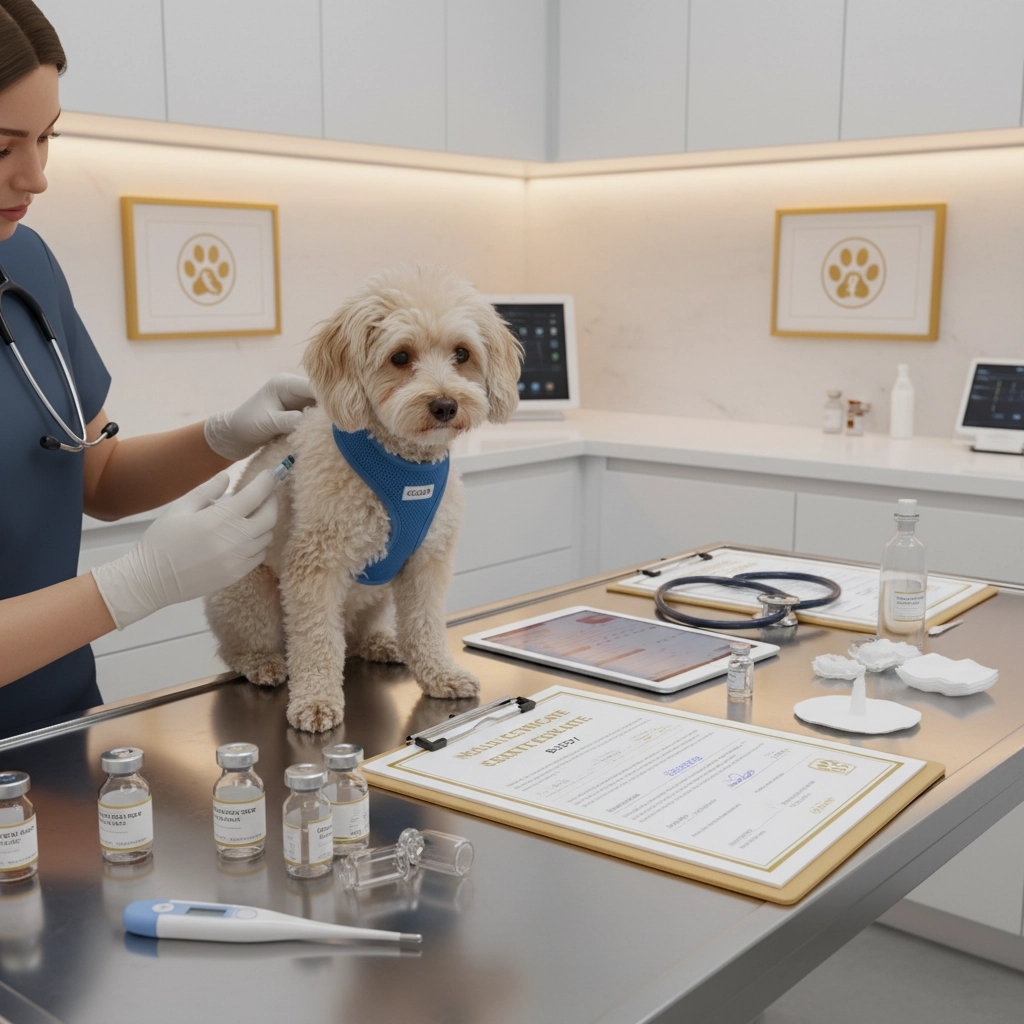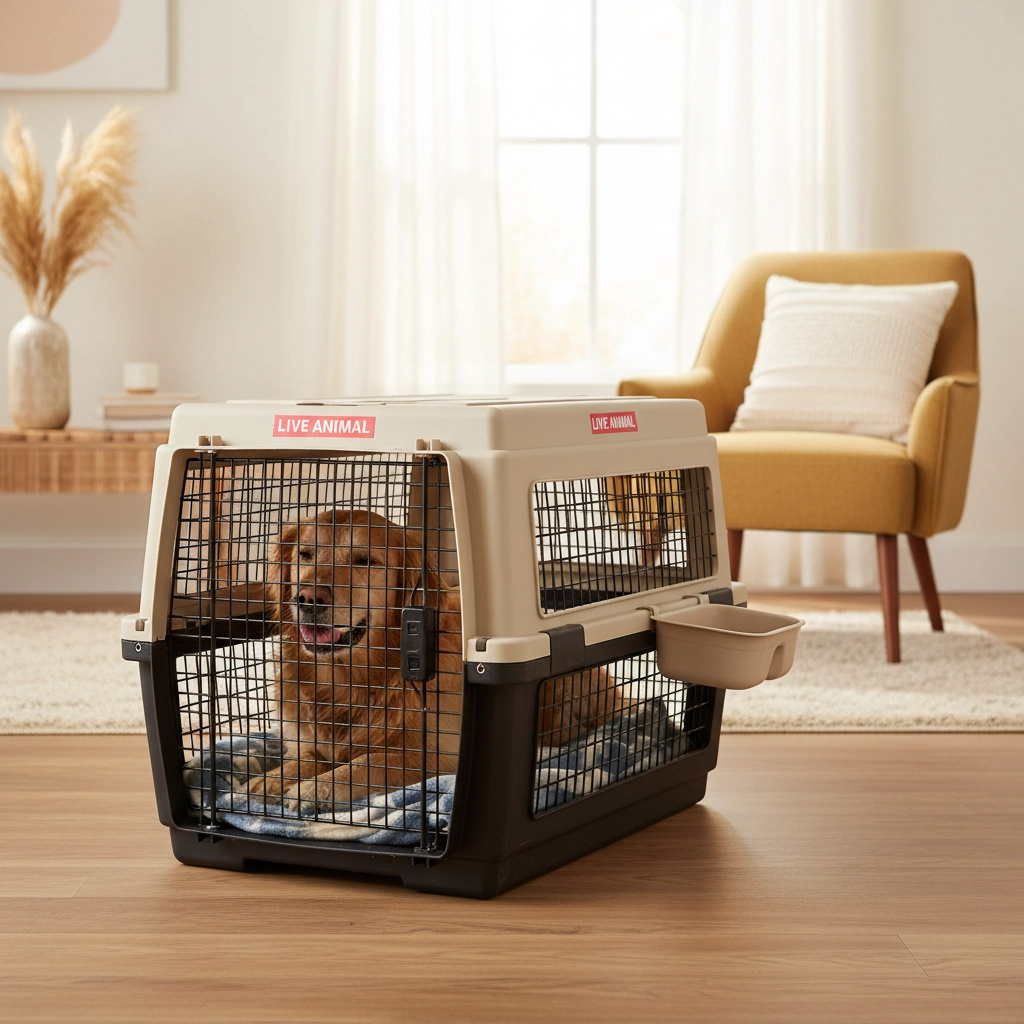
If you’re considering moving to another country, you already know it is a massive undertaking. But what about when you’re a single mom or independent woman juggling everything solo and trying to bring your beloved pets along? That’s next-level complexity. But here’s the thing – thousands of women successfully relocate internationally with their fur babies every year, and with the right prep strategy, you can absolutely be one of them.
Think of this as your ultimate prepping checklist for international pet relocation. I’m going to break down everything from paperwork to emotional prep, because let’s be real – this journey is as much about keeping yourself sane as it is about getting Fluffy safely across borders.
Start Planning Yesterday (Seriously, Like 6 Months Ago)
The biggest mistake I see women make when it comes to traveling in general is underestimating the timeline. International pet relocation isn’t like booking a flight – it’s more like orchestrating a small military operation. Some countries require waiting periods between vaccinations and travel that can stretch for months.
Your first mission? Research your destination country’s specific requirements immediately. Every country has its own unique list of what they need to see before they’ll let your pet cross their borders, and there’s zero room for guessing. One missing document means your pet gets turned away at customs, which is literally a nightmare scenario no one wants to live through.

The Documentation Game Plan
Let’s talk paperwork – the foundation of successful international pet travel. You’ll need several key documents, and timing is everything.
Health Certificate: This is your golden ticket, issued by a USDA-accredited veterinarian within 10 days of travel (sometimes less, depending on your destination). It confirms your pet is healthy enough to travel and meets all health requirements for your new country.
Microchip Requirements: Your pet needs an ISO-compliant microchip that can be scanned internationally. This isn’t optional – it’s how officials will verify your pet’s identity matches all those vaccination records you’ve carefully collected.
Import/Export Permits: Some countries require special permits beyond the health certificate. Research early because these can take weeks to process, and you’ll often need to apply from both your departure and destination countries.
Vaccination Strategy and Health Prep
Here’s where things get detailed, and honestly, where many women feel overwhelmed. But breaking it down makes it manageable.
Rabies vaccination is universally required, but here’s the catch – some countries need a rabies titer test (a blood test proving the vaccine is working) that must be done at least 30 days after vaccination. Do the math on timing here, because you could be looking at a 3-month minimum timeline just for this requirement.
Other vaccinations vary wildly by destination. EU countries might want to see protection against distemper, hepatitis, parvovirus, parainfluenza, and leptospirosis. Some tropical destinations require additional parasite prevention treatments.

Pro tip: Schedule a consultation with your vet as soon as you know you’re moving. They can create a custom timeline based on your destination and your pet’s current vaccination status.
Mastering the Travel Crate Situation
The travel crate isn’t just a box – it’s your pet’s temporary home and safety pod, and it must meet strict International Air Transport Association (IATA) standards. Getting this wrong means your pet doesn’t fly.
Size matters: Your pet needs to stand, turn around, and lie down comfortably. Measure your pet standing and add 2 inches of clearance above their head. For length, measure from nose to tail base and add half their leg length.
Construction requirements: Hard-sided only for cargo travel (soft carriers work for cabin pets on some airlines). The crate needs secure locking mechanisms, proper ventilation on at least two sides, and a leak-proof bottom lined with absorbent material.
Safety features: Attach “Live Animal” labels in letters at least 1-inch tall, plus your contact information. Include separate food and water bowls that airline staff can access from outside the crate.
Packing Like a Pro
Think of this as your pet’s survival kit for a potentially long, stressful journey. Here’s what goes in their travel arsenal:
Comfort items: A familiar blanket or toy with your scent helps reduce anxiety. Pack their regular food – enough for the journey plus extra for delays. New environments plus new food equals potential digestive disasters.
Practical supplies: Collapsible water bowl, leash, waste bags, basic first aid kit with antiseptic wipes and bandages. For cats, pack a small amount of their regular litter and a disposable litter tray.
Documentation backup: Keep copies of all health certificates, vaccination records, and permits in a waterproof folder that travels with you, not in cargo with your pet.

Managing the Emotional Side (For Both of You)
Let’s acknowledge something important – this process is emotionally exhausting. You’re worried about your pet’s safety, stressed about logistics, and probably dealing with your own relocation anxiety, too.
Pet preparation strategies: Start crate training early. If you have never crate-trained your pup, make the travel crate a positive space by leaving treats inside it, an old shirt you’ve slept in, and letting your pet nap there voluntarily. Practice short car trips in the crate to build positive associations.
Your emotional prep: Connect with online communities of women who’ve done international pet relocations. Their practical tips and emotional support are invaluable. Consider working with a pet relocation specialist if the logistics feel overwhelming – yes, it costs more, but your sanity matters too.
Day-of-Travel Survival Guide
Travel day will be stressful no matter how well you’ve prepared, but these strategies help minimize chaos:
Timing: Don’t feed your pet for 4-6 hours before travel to reduce motion sickness, but offer water up to 2 hours before departure. Airlines require written confirmation of feeding times, so document everything.
Airport navigation: Arrive extra early. You’ll need time for additional pet check-in procedures, and lines are often longer for international flights with pets.
Stay connected: Many airlines offer pet tracking services. Use them for peace of mind during long flights.
Arrival Game Plan
Your prep work doesn’t end when the plane lands. Research veterinary clinics near your new home before you arrive. Your pet might need immediate attention after a long journey, especially if they’re older or have health conditions.
Have a quiet space ready in your new home where your pet can decompress. Familiar items from your old home – their bed, favorite toys, regular food – help ease the transition.

International pet relocation is complex, but it’s absolutely doable with proper planning and preparation. The key is starting early, staying organized, and remembering that thousands of women successfully navigate this process every year.
If you would like more information about prepping with pets or whether you should get one, check out my articles Prepping for Your Beloved Pet and Survival Planning with Dogs.
Ready to tackle more aspects of international relocation and emergency preparedness? Check out my latest podcast episode for more practical tips, and don’t forget to sign up for my newsletter for weekly preparedness strategies designed specifically for urban women and busy moms!
Thanks for reading! If this article has provided helpful information to you, please consider a tip to help support my work. Just scan the QR code or click this link. I appreciate you! —->



